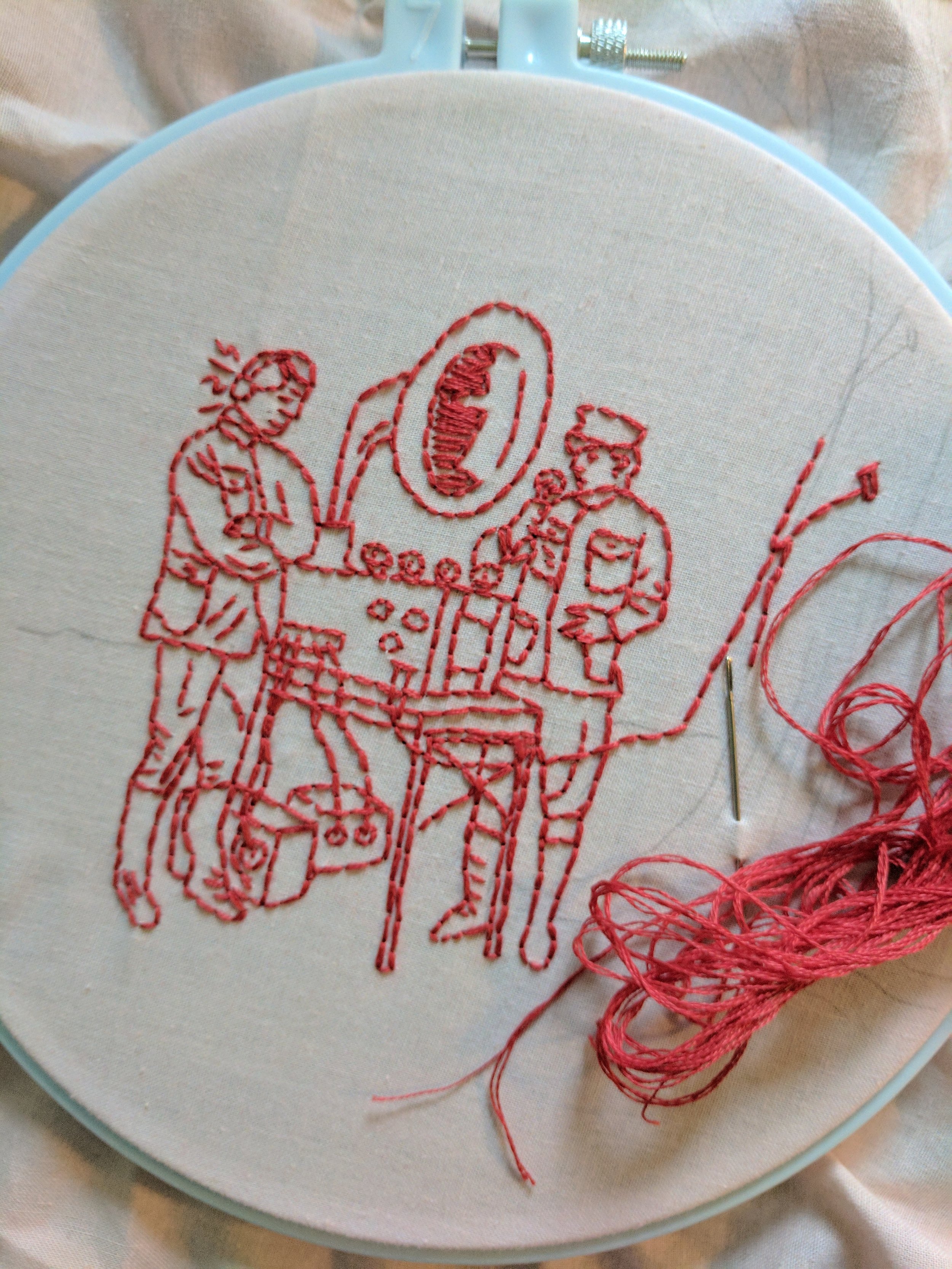Beautiful Automated Muzak is a sound installation that includes a dubplate made of recovered and remixed sounds from KEZL’s “Beautiful Muzak” radio station.
George Owen Squier was Chief Signal Officer for the US Army during WWI. He developed radio equipment for the military. By perfecting rugged, miniaturized field radios, he improved safety in the battlefield. He also discovered “tree telephony”—hooking antenna wires into oak trees to listen to wireless stations in Germany.
When the war ended, Squier turned to music, filing a patent for “Electrical Signaling.” Using existing electrical lines, business owners could receive piped-in music. After paying a subscription fee, pleasing music would fill their shops through a wooden box.
Muzak was born.
The sonic imprint of Squier’s legacy found its way onto Southern California airwaves too. From an antenna at the peak of Mount Soledad in La Jolla, California, KEZL 102.9FM broadcast the “beautiful music” format from 1974 into the 1980s.
The dubplate—tied up in histories of political and military resistance via sound system culture—is used here to present remixes and DJ-tool tracks, cut from KEZL’s recovered broadcasts.
Extending the Dryden Quilt is a textile hanging that is part of the Beautiful Automated Muzak sound installation.
In 1891, the Dryden Ladies Library Association of Michigan held a fundraising campaign to build a new Methodist Church. On the upper left hand side of the Dryden Community Pictorial Quilt, the name of George Owen Squier appears.
The Dryden quilt was extended in 2017 by the artist to include narratives of Squier’s technological impact—patents and demonstrations of tree telephony, a torroid field radio, and a gun antenna.



